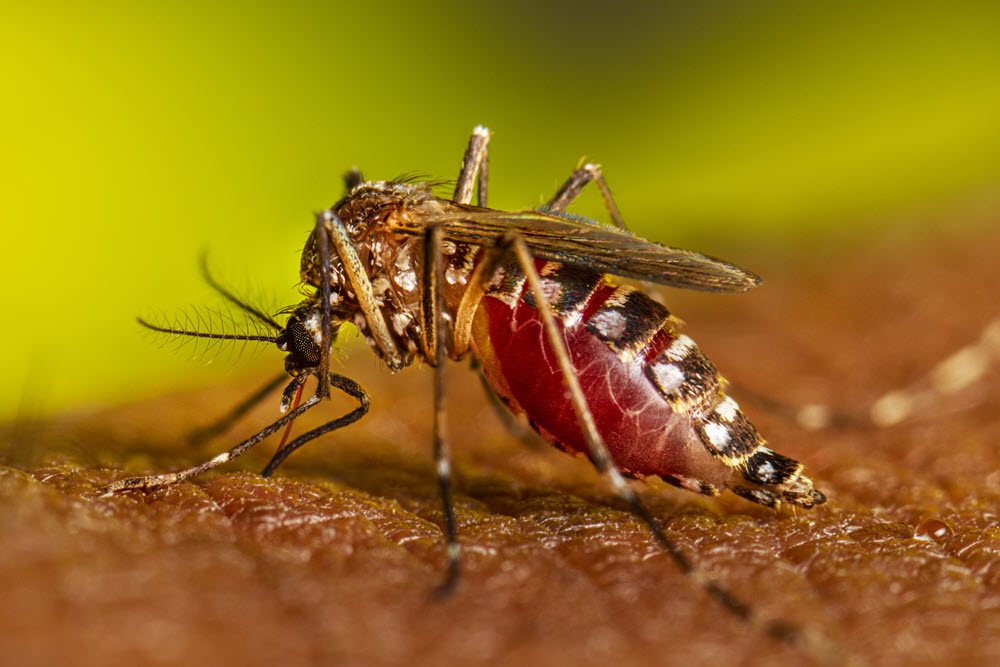“Aedes aegypti, the invasive mosquito that we’ve all been dreading, has been found near the ballfields,” Grand County Commissioner Sarah Stock reported to the body at their Aug. 2 meeting.
The invasive species is a public health concern because it can transmit diseases including Zika virus, dengue fever, chikungunya, and yellow fever. It was found in Moab in 2019, and again in 2021; on Aug. 1, mosquito abatement technicians checked their traps and found one adult Aedes aegypti in each of four traps. There aren’t any known cases of any of these diseases, but the presence of the vector is a concern.
Shanon Amsberry, field supervisor for the MMAD, suspects that the individuals found this week are from the same population that’s been found in previous years, because they’ve all turned up near the same location—the Center Street Ballfields.
Aedes Aegypti is native to Africa, where it adapted to breed in small cavities like holes in trees that filled with water, Amsberry said. The species has now spread across the world, and in populated places, Aedes aegypti prefer human-made containers. Amsberry said technicians have never found the species using a natural feature as breeding habitat; instead, they seem to like tires, plant pots, kids’ toys, bird baths, trash cans—anything that can hold water after a rain.
MMAD technicians are using the most targeted control measures they can to try to eliminate the species in the area. One method is spraying larvicide in targeted areas from backpack sprayers. They use a substance called Bacillus thuringiensis israelensis, or Bti, a soil bacterium that’s toxic to mosquito larvae.
MMAD is also using a device called an ovitrap. Ovitraps are plastic cups filled with water from a natural source, like rainwater, to make an ideal habitat for the female Aedes aegypti to lay their eggs—then the eggs can be destroyed. The traps are less effective, Amsberrry said, when rain collecting in various containers offers so many other habitats for the bugs to choose from.
“We’re trying to avoid fogging at all costs, because it’s the most extreme measure that we could take,” said Stock, who is the county representative on the MMAD board.
The most effective method to prevent the species from getting a foothold in the area, Amsberry said, is to remove breeding habitat. The district is asking residents to survey their own properties and dump out standing water, remove containers or objects that could collect rainwater, and regularly clean containers such as pet dishes, bird baths, and drip trays for potted plants. Females lay their eggs in dry containers, and when those containers collect water the eggs can hatch, so it’s a good idea to regularly clean any container that could provide a breeding habitat, even if it hasn’t rained.
Amsberry said he hopes these measures will be effective, but he said the MMAD will fog using adulticide if other measures don’t seem to be reducing the population.
Amsberry said if people are getting bit by mosquitoes during the day—a behavior associated with Aedes aegypti—or if they’re experiencing another problem with mosquitoes, they should contact the district at 435-259-7161.




